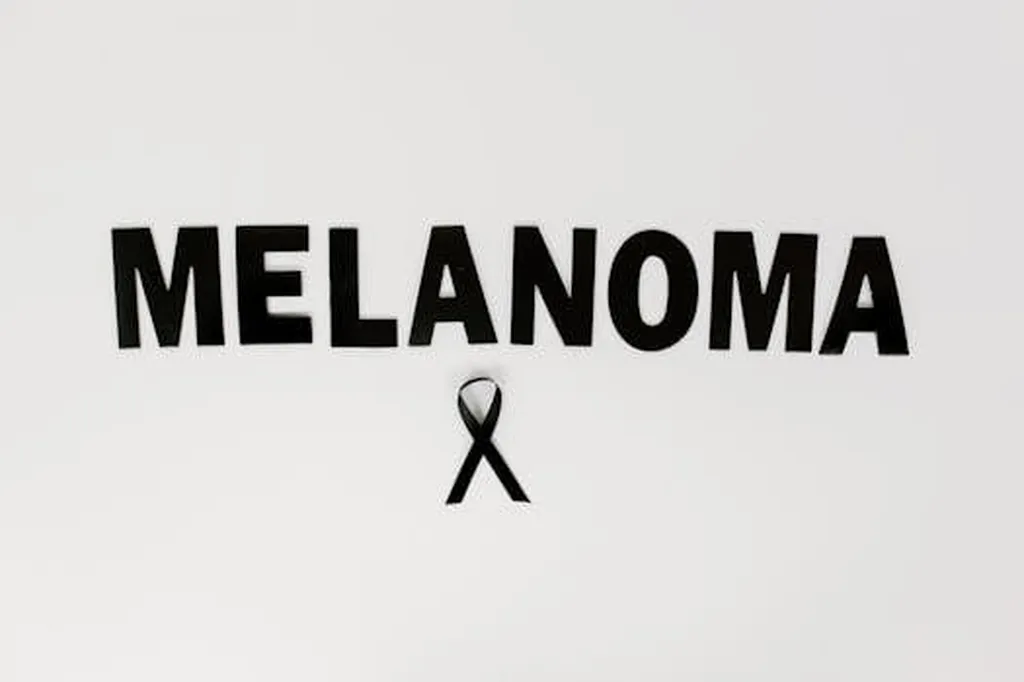In the relentless pursuit of sustainable agriculture, researchers have turned to an unlikely ally: optical coherence tomography (OCT), a technology more commonly associated with medical imaging. A recent study published in the journal *Plant Methods* (translated from English) demonstrates the potential of OCT to revolutionize early detection of crop infections, offering a non-invasive, real-time solution that could significantly impact global food security.
Ghada Salem Sasi, a researcher at the School of Mathematic and Physical Sciences, University of Sheffield, led the groundbreaking study. The research focuses on wheat, a staple crop that faces significant threats from fungal diseases like Septoria tritici. “Early detection is crucial for effective disease management,” Sasi explains. “Traditional methods often rely on visible symptoms, which appear late in the infection process. By then, the damage is often irreversible.”
The study leverages OCT to provide cross-sectional and three-dimensional images of the plant’s internal microstructure. This non-invasive technique allows for real-time monitoring, revealing morphological changes in the mesophyll—the tissue where fungal filaments develop—before any external symptoms appear. “We found distinct statistical differences between intact and infected wheat plants just two days after infection,” Sasi notes. “This early detection window is a game-changer.”
The implications for precision agriculture are profound. Early and reliable detection enables timely treatment, reducing yield losses and promoting sustainable farming practices. The study also introduces machine learning (ML) for high-throughput segmentation of OCT scans, paving the way for automated fungus-detection analysis. “Combining OCT with ML tools opens new avenues for rapid, non-invasive diagnosis,” Sasi adds. “This could transform how we approach disease management in crops.”
The commercial impacts for the energy sector are equally significant. Sustainable agriculture is a cornerstone of renewable energy initiatives, as biofuels and other plant-based energy sources gain traction. Early detection of crop infections ensures a stable supply of biomass, crucial for energy production. “This technology could enhance the reliability and efficiency of biofuel production,” Sasi suggests. “By ensuring healthier crops, we can support the entire renewable energy ecosystem.”
The study highlights the potential of OCT and ML to enable rapid, non-invasive, and early diagnosis of crop fungal infections. As the world grapples with climate change and food security challenges, such innovations are more critical than ever. “This research is just the beginning,” Sasi concludes. “We are excited about the future developments in precision agriculture and sustainable disease management.”
The study, published in *Plant Methods*, marks a significant step forward in the fight against crop diseases. As researchers continue to explore the capabilities of OCT and ML, the agricultural and energy sectors stand to benefit immensely. The journey towards sustainable and efficient farming has taken a promising turn, thanks to the innovative work of Ghada Salem Sasi and her team.

